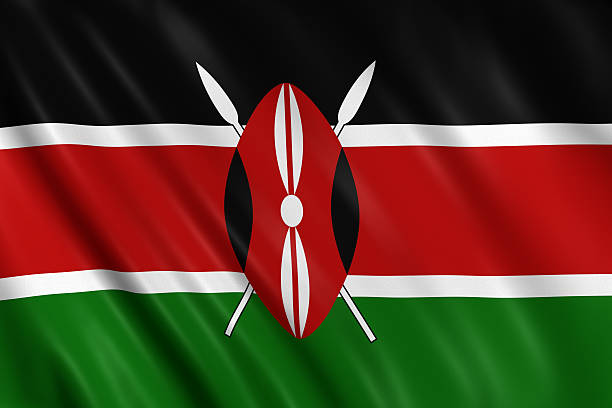Kenya faces mounting challenges in providing clean and safe water to its people. From rural villages to growing cities, communities struggle with water scarcity, contamination, and rising treatment demands. While advanced treatment technologies such as reverse osmosis are widely adopted, their effectiveness is deeply linked to the factors affecting osmosis. Understanding these factors is essential for designing systems that are efficient, reliable, and tailored to local conditions.
Understanding Osmosis and Its Role in Treatment
Osmosis is the natural movement of water molecules across a semipermeable membrane from a region of low solute concentration to high solute concentration. In water treatment, this principle is reversed under pressure in reverse osmosis systems, which are crucial for desalination, wastewater reuse, and producing safe drinking water.
But the efficiency of these systems depends on the factors affecting osmosis and diffusion. If not managed properly, these factors can compromise performance, increase costs, and limit the availability of clean water.
Key Factors Affecting Osmosis in Biology and Treatment Systems
While osmosis is often explained in classrooms under factors affecting osmosis in biology, the same principles influence large-scale water treatment in Kenya:
- Concentration Gradient – A higher difference in solute concentration drives faster osmosis. In treatment plants, feed water quality directly impacts the energy and pressure needed for purification.
- Temperature – One of the key factors affecting the rate of osmosis is temperature. Warmer conditions accelerate molecular movement, increasing efficiency, while colder conditions may slow down performance.
- Pressure – In reverse osmosis systems, applied pressure must exceed natural osmotic pressure. For brackish or saline water in Kenya, higher pressures are required, impacting energy costs.
- Membrane Properties – The type, pore size, and condition of the membrane affect both osmosis and diffusion. Fouled or degraded membranes reduce efficiency and output quality.
- Surface Area – Larger membrane areas allow greater water passage, improving throughput in treatment plants.
By understanding these factors affecting diffusion and osmosis, engineers and operators can fine-tune systems for optimal performance.
Why These Factors Matter in Kenya?
Kenya faces a combination of challenges: saline groundwater in arid regions, polluted rivers near urban centers, and rising demand in agricultural and industrial sectors. Each of these conditions influences the factors affecting osmosis differently:
- In arid areas, high salinity means higher osmotic pressure, requiring advanced RO membranes.
- In cooler highland regions, lower temperatures affect the rate of osmosis and may reduce system efficiency.
- In cities with heavy industrial effluents, membrane fouling is a major concern, requiring specialized pretreatment.
Without addressing these variables, water treatment systems risk inefficiency, downtime, and higher operational costs.
Ion Exchange’s Approach: Turning Challenges into Solutions
INDION PF/DT Reverse Osmosis System
Ion Exchange, a pioneer in water treatment, offers the advanced Indion PF/DT Reverse Osmosis System, specifically designed to treat water from complex alternate sources, making it suitable for both drinking and industrial applications. Utilizing flat-sheet membrane technology, this system efficiently processes complex water with minimal pretreatment and a compact footprint. The result is water with very low dissolved solids, free from particulates, colloids, and organic matter.
Key features of the system include:
- Inline dosing provision, in-built clean-in-place (CIP) functionality for periodic membrane cleaning.
- Automatic and manual control options for the entire reverse osmosis (RO) plant.
- Safety is enhanced with built-in protections such as dry run and overload prevention, while an onscreen simulation provides complete operational visibility and fault indication.
- The system also boasts high-pressure capabilities to maximize recovery, supports zero liquid discharge (ZLD) to reduce life cycle costs, and offers reusable treated water.
- Its modular design, smaller footprint, upgradeability, and easy access to spares and services with short delivery periods further enhance its value in water treatment applications.
Benefits:
- Requires minimal pretreatment with the use of INDION Multigrad Filter (MGF) and INDION Cartridge Filter (CF).
- Cost-effective membrane replacement.
- Achieves up to 95% removal of total dissolved solids (TDS) with efficient management of TDS fluctuations.
Conclusion
The factors affecting osmosis and diffusion are not just concepts in biology—they define the success of water treatment in Kenya and beyond. By understanding and addressing these factors, advanced systems like reverse osmosis can provide reliable, affordable, and sustainable water.


